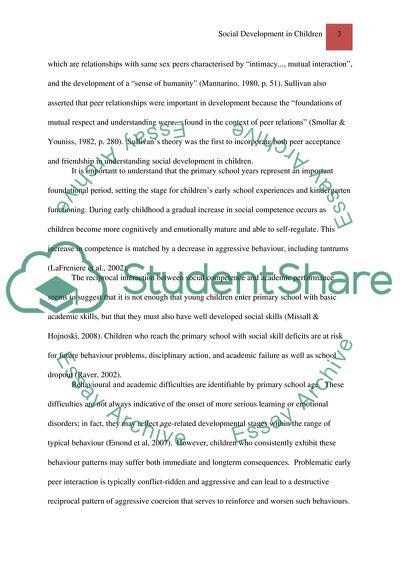Cite this document
(Social Development in Children Literature review, n.d.)
Social Development in Children Literature review. https://studentshare.org/sociology/1744781-development-of-social-development-in-a-steiner-school-and-mainstream-school-primary-school
Social Development in Children Literature review. https://studentshare.org/sociology/1744781-development-of-social-development-in-a-steiner-school-and-mainstream-school-primary-school
(Social Development in Children Literature Review)
Social Development in Children Literature Review. https://studentshare.org/sociology/1744781-development-of-social-development-in-a-steiner-school-and-mainstream-school-primary-school.
Social Development in Children Literature Review. https://studentshare.org/sociology/1744781-development-of-social-development-in-a-steiner-school-and-mainstream-school-primary-school.
“Social Development in Children Literature Review”. https://studentshare.org/sociology/1744781-development-of-social-development-in-a-steiner-school-and-mainstream-school-primary-school.


